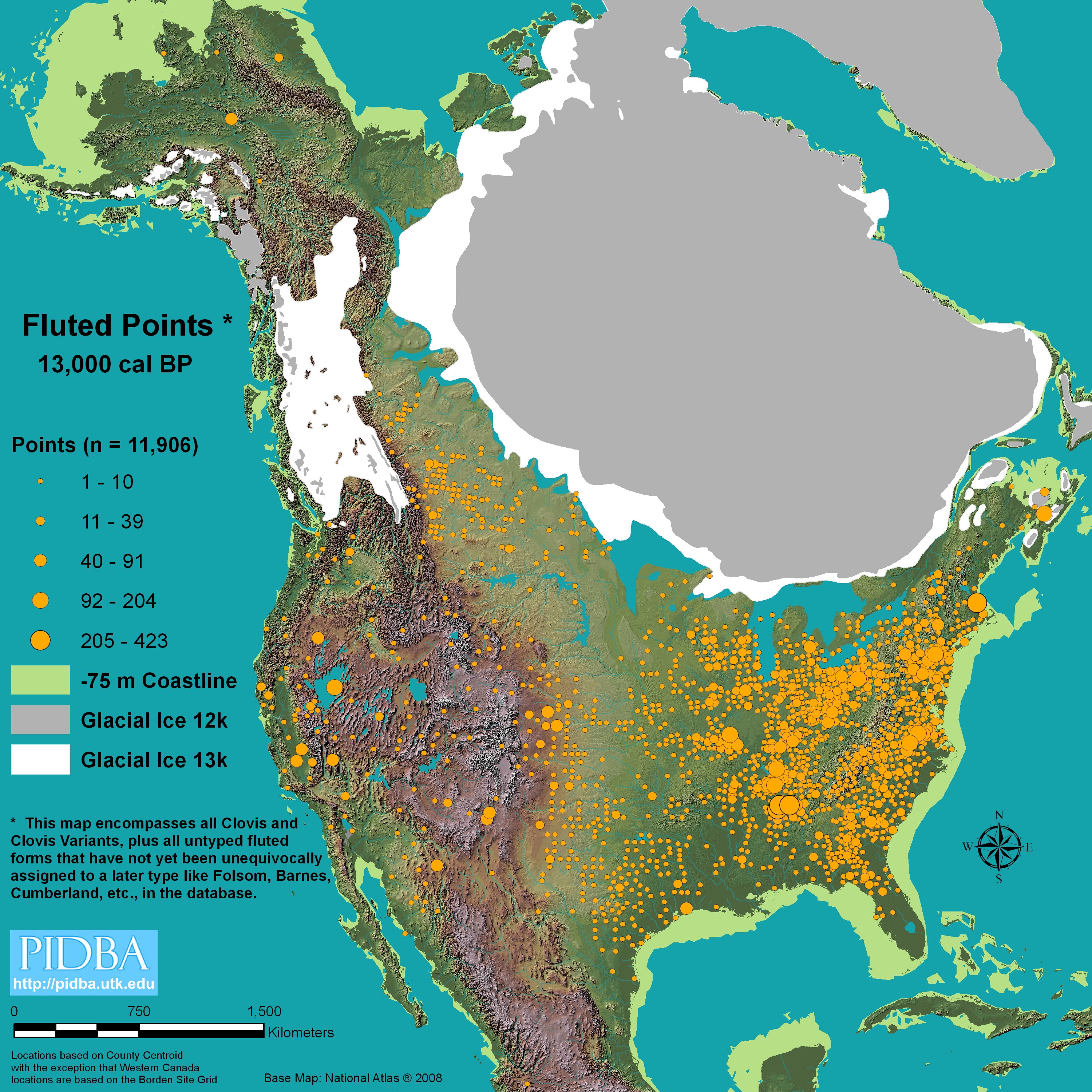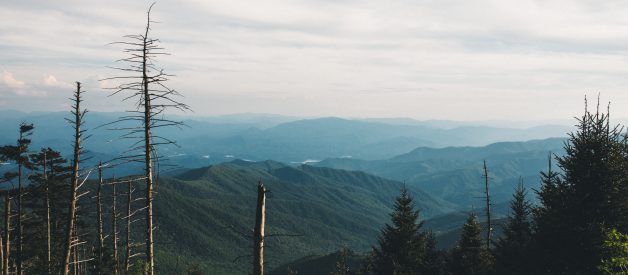 Photo by Wes Hicks on Unsplash
Photo by Wes Hicks on Unsplash
Towards the end of the last Ice Age, around 11,000?14,000 B.C., humans found an escape from Asia for the first time in natural history. One day, our human ancestors traveled from Asia to North America via the Bering Strait bridge, a land bridge created by low sea levels.
Earth?s sea levels drop when water becomes trapped in the Polar Ice Caps. During an Ice Age, water cycles from warm ocean to cold, arctic waters where it freezes and solidifies until the Earth heats it again. The warming of the Earth could take thousands of years, but in some cases, it takes tens of thousands of years.
The first stop for humans crossing the land bridge was Alaska. Even years ago, the land carried the same dangers as the present-day Yukon, and perhaps even more, as the colder temperatures and glaciers would likely have dominated the vast alpine tundra region. As the hunter-gatherers flowed down into modern day America, pieces of the group were left on the way as they settled in the harsh conditions and became Inuits. Eventually, the group made it below the glaciers, and they proceeded to move further south and east until they found a swath of land that could support enough fauna to feed the hunters.
While settling in America, our human forefathers continued their tradition of hunting. Mastodon, Deer, Elk and more were the typical targets of these early Americans, and they killed them by piercing their skin with pointed stone tools they attached to spears. These spears could be thrown long distances, and protected hunters from having to fight a beast in close quarters combat.
The unique pointed tools used by early hunter-gatherers have a couple different names, but most people mistakenly label them arrowheads. Even though these early tools weren?t arrowheads, the distinct shape is similar, but came in use later on in civilizations? timeline. For our purposes, we will be labeling these stone tools as Clovis points.
 http://pidba.org/content/fluted.JPG
http://pidba.org/content/fluted.JPG
Clovis points are aptly named for the early ?Paleo-Indian? culture that used them in North America. Clovis points have been found all over North America including most of the United States, but they were first discovered in Clovis, New Mexico, giving this early Indian culture its name. We have found tons of these pointed tools dating to time periods after the Clovis culture, and they have different names such as Folsom, Gainey, Cumberland, and Redstone. All of these artifacts are named after the cultures that used the points for hunting.
Known for its distinct, but primitive look, Clovis points are generally shaped like spearheads. These spearheads are bifacial, and most likely were made by smacking stone at an angle, in order to fracture the rock to produce a certain shape. Having been made from brittle rocks like obsidian, flint and jasper allowed the point to produce edges. The edges, being deadly sharp, had the ability to pierce most animals, including extreme fauna such as the Mastodon and Wooly Mammoth. For the projectile Clovis point to achieve maximum damage, humans attached them to spears and shafts made out of either bone or wood. To help with attachment, the Clovis point was fluted at the base, meaning a half-cylindrical chunk of the stone tool was taken out. This fluting would allow the point to become easily attached to the shaft or spear at its base.
As it turns out, there are thousands ? probably hundreds of thousands of these ancient artifacts lying in the ground below our very feet, and we have found a good amount of them. The first find of Clovis happened to be a large grouping along with some human bones. Since the big find, Clovis points are generally found one at a time by pure happenstance, when someone digs. Most of the Clovis points discovered have some sort of value, usually to museums, but sometimes to collectors. In fact, I found an Ebay listing for an entact Clovis point that had been fluted and banded, being sold for $14,500.
These old-world projectile points could be a unique find for an unsuspecting person, especially if it is in good condition. Because of this, in Appalachia, they held a high value due to the historical poverty in the region. While the majority of Clovis points were found in areas west of the Smoky Mountains, the old mountain range does contain some points itself.
My experience with Clovis points is virtually non-existent, but the stories of Clovis buried in the hills and plains of the Southeast are plenty, and passed down from generation to generation. An Appalachian tradition, Clovis point digging still goes on today, although it?s done mostly by families or scientists.
The inspiration for researching Clovis points came from a song by an artist named Tyler Childers. The song, titled ?Banded Clovis?, tells the story of a desperate man in search of Clovis who murdered another man to steal the stone point.

